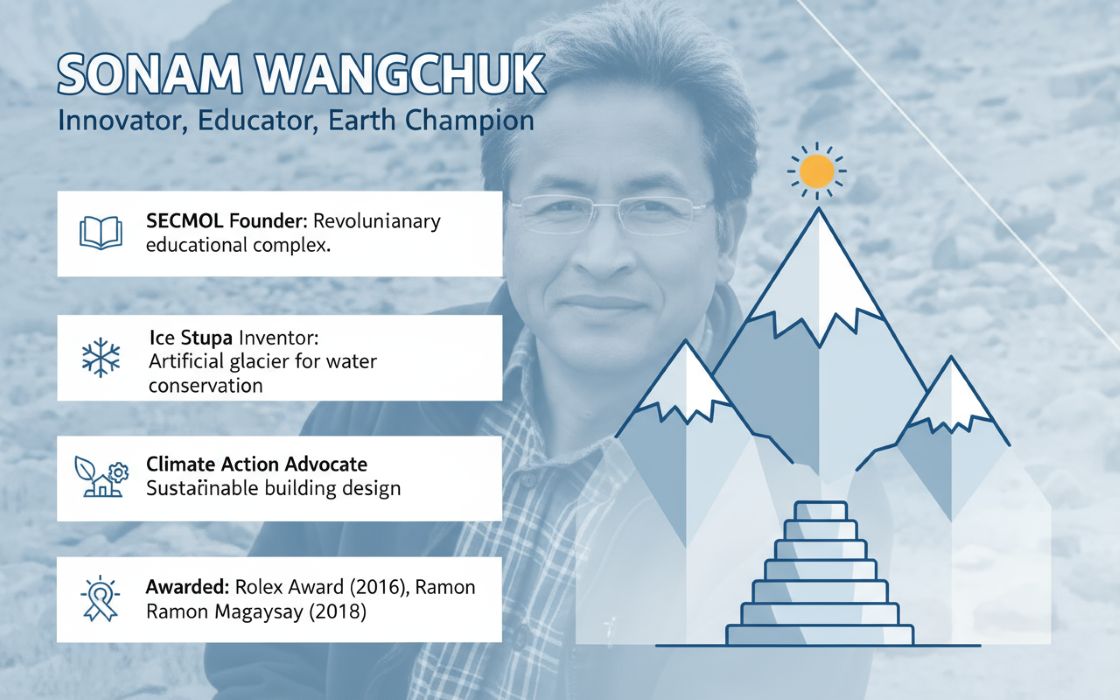Across India’s fragile ecosystems, the challenge is no longer just about restoring nature — it’s about ensuring that people and the planet can thrive together. In Maharashtra’s Western Ghats, the Raintree Foundation is demonstrating how this balance can be achieved through an integrated, community-driven approach to climate action.
Founded in 2018, the Foundation is a social impact organisation committed to catalytic philanthropy and the well-being of both people and the planet. Spearheaded by Leena Dandekar, Founder, Raintree Foundation, it combines ecological restoration with human development through its flagship Sustainable Landscape Management (SLM) program in Velhe Taluka — a holistic model that brings together water conservation, biodiversity restoration, sustainable livelihoods, and mental well-being.
From solar-powered water ATMs and women-led livelihood enterprises to the Manosaarthi Centre that links mental health with environmental stability, Raintree’s initiatives have turned Velhe into a living demonstration of inclusive, climate-resilient development. As it now prepares to list a first-of-its-kind Clean Energy Project on India’s Social Stock Exchange, the Foundation continues to inspire new ways of aligning conservation with community progress.
In this conversation with TheCSRUniverse, Leena reflects on the Foundation’s journey, the impact it is creating in Velhe, and the deeper meaning of building climate action that truly begins with people.
Read on to know more.
Q&A
Q.What gap in climate action and community development did Raintree Foundation set out to address when it began in 2018?
A. Raintree Foundation was founded in 2018 to bridge a fundamental gap in how climate action and community development are approached—the need to integrate people’s well-being with ecological restoration. We recognized that environmental challenges are deeply human challenges, especially in regions like India’s Western Ghats, where communities and nature are interdependent.
From the outset, our focus has been on building community-led resilience—where climate action is co-created with local people, aligned with their aspirations, and rooted in their lived realities. By weaving together ecosystem restoration, livelihoods, and mental well-being, we aim to nurture resilient ecosystems and empowered communities, ensuring that dignity and development go hand in hand.
Q. Velhe Taluka is both ecologically rich and developmentally fragile. What factors made it the ideal ground for your long-term project?
A. Velhe Taluka, located in Pune district, lies in the foothills of the Western Ghats — a region globally recognised as a biodiversity hotspot and one of India’s major watersheds. Despite abundant rainfall, Velhe faces acute water scarcity, limited infrastructure, and high dependence on rain-fed agriculture, leading to seasonal migration and income instability.
We chose Velhe because it embodies both ecological richness and developmental fragility. It is also a landscape of tremendous potential, where nature-based interventions can directly improve lives. Our work across nine villages focuses on strengthening local stewardship of natural resources while improving livelihoods. By aligning our efforts to natural boundaries — rivers, hills, and forests — we ensure that ecological restoration, economic well-being, and community resilience evolve together over time.
Q. How does your approach demonstrate the link between environmental restoration, livelihoods, and mental well-being?
A. Our approach views ecology, economy, and society as one interconnected system. It brings together watershed restoration, biodiversity conservation, clean energy access, and community well-being under a single, place-based framework.
Through initiatives such as farm ponds, biodigesters, regenerative agriculture, and returnable finance for micro-enterprises, we create livelihood opportunities while restoring natural ecosystems. Alongside these efforts, our mental health and community resilience programs ensure that emotional well-being and leadership development are embedded throughout the process.
This approach demonstrates that true sustainability is both ecological and emotional — when people feel empowered, supported, and connected to their environment, the restoration of nature becomes self-sustaining.
Q. Can you share a story that best illustrates how water security initiatives have changed lives in the region?
A. A few years ago, agriculture in Velhe was limited to a single crop due to water scarcity.
We have constructed 73 farm ponds so far, an effort that continues to expand as more ponds are being added, to support irrigation for horticulture and vegetable farming.
With this reliable water source, many farmers are now able to cultivate a second crop, improving income stability.
Farmers like Mahesh Purohit from Gunjavane village have restored soil fertility and improved yields using nutrient-rich silt from desilted ponds. These interventions have turned once-barren slopes into productive farmlands.
In parallel, our solar-powered water filtration systems, also known as water ATMs, across nine villages, now provide clean drinking water to 654 households. By dispensing over 4.5 million litres of purified water, these systems have reduced waterborne diseases and improved community health, particularly for women who once travelled long distances to fetch water.
Q. Mental health is often overlooked in rural development. How has your Manosaarthi Centre helped communities connect emotional resilience with climate resilience?
A. The rationale behind establishing Manosaarthi, one of India’s first rural mental health centres, was to provide a psychosocial platform for safe and empathetic counselling. Over the past four years, Manosaarthi has reached more than 2000 community members, integrating two counselling groups into local Public Health Centres (PHCs). The centre aims to provide a safe, supportive space for individuals to share emotional challenges and access professional help.
Q. What role have women and young changemakers played in shaping the outcomes of your programs?
A. At the heart of Raintree Foundation's mission lies the unwavering belief in the power of determination and the potential for transformation, embodied by various individuals. There have been phenomenal changes in the way women and changemakers are playing a pivotal role in enhancing their and others lives in the vicinity they operate.
To elaborate further, I wish to give you two examples where changemakers played a vital role in shaping the outcomes of our programs:
The first story is of Nasima Shaikh. Once a homemaker in the Sakhar Village, she transformed into a beacon of resilience and determination through her association with the Raintree Foundation. Encouraged by village elders and her education, she stepped into community engagement, eventually becoming a proactive change-maker.
Nasima's journey began with joining the women's self-help group, a crucial step that propelled her into a leadership role within the community. Subsequently, she was offered the position of Community Resource Person (CRP) at the Raintree Foundation. Nasima faced communication challenges initially, but received vital training to enhance her skills.
Specializing in ‘Mental Health and Gender’ at Raintree, Nasima faced unique challenges in conveying critical topics within her community due to limited discussions on these matters. Despite the hurdles, her perseverance triumphed, and she effectively educated women and adolescent girls in nine villages on various important subjects.
The second story is of Nilesh Kikale, an environmental enthusiast from Sakhar village, who found direction for his passion when he joined the Raintree Foundation as a Community Resource Person (CRP). His involvement began with the Foundation’s bio-mapping project, which deepened his understanding of local biodiversity and encouraged community participation in conservation.
Over the past nine years, Nilesh has led nature walks, birdwatching sessions, and awareness drives that have strengthened local knowledge about ecosystems. His work on the People’s Biodiversity Register (PBR) enhanced his research and community engagement skills, while his efforts to control recurring forest fires helped reduce their impact to a great extent.
Today, Nilesh continues to champion sustainable environmental practices in his region, working towards long-term ecological resilience and inspiring others to take collective responsibility for protecting their natural surroundings.
Q. Partnerships often determine scale and sustainability. How do you engage with corporates, government, and local communities to strengthen your impact?
A. We collaborate with both corporate entities and government organizations on initiatives focused on climate change, sustainable landscapes, and community empowerment. Also, we work with local government agencies, like the Zilla Parishad and other community development organizations to implement projects aimed at environmental conservation, sustainable landscape management, community empowerment and development, rural livelihoods, and strengthening local institutions.
Q. What lessons from Velhe can be replicated across other biodiversity-rich but vulnerable landscapes in India?
A. In just a few years, in Velhe, our integrated initiatives have demonstrated how conservation, community leadership, and innovation can come together to achieve progress across 15 of the 17 UN Sustainable Development Goals. Velhe is a working model which can be replicated in terms of how people and planet can thrive together.
This project isn’t just about addressing today’s challenges—it’s about building bridges for tomorrow. Increased spring discharge, improved soil fertility, and enriched biodiversity are just a few outcomes we anticipate. For Velhe’s communities and other biodiversity-rich landscapes, these changes mean reliable water access, thriving farmlands and economic stability. For the planet, it means safeguarding a critical ecological corridor that supports India’s monsoon system and mitigates climate impacts.
Q. What is the future roadmap for Raintree Foundation as it seeks to scale its work and deepen its impact?
A. In the years ahead, our focus is on deepening long-term impact in Velhe and developing replicable blueprints for other eco-sensitive landscapes. We believe transformation must move at the pace of communities — evolving with their needs.
Our priorities include strengthening watershed and clean energy systems, expanding climate-smart agriculture, and nurturing women-led enterprises. We are also advancing biodiversity conservation, expanding nursery development, and documenting local ecosystems through People’s Biodiversity Registers.
Crucially, we aim to integrate mental health within climate action, recognising that resilience must be built not only in the environment but also within people. Our journey continues with the same conviction that guides all our work — to restore nature, revive livelihoods, and reinforce the human spirit.
Q. As the founder, what has been your personal journey in steering Raintree Foundation from an idea to a model of catalytic philanthropy?
A. My journey with Raintree Foundation began with a simple belief — that real change takes time, trust, and empathy. Over the years, this belief has shaped how we work: staying deeply embedded in one landscape, learning from communities, and staying patient with the pace of real transformation.
What started as an idea has evolved into a form of catalytic philanthropy — one that blends financial resources with knowledge-sharing, collaboration, and compassion. We’ve learned that when philanthropy combines data with lived experience, and purpose with patience, impact compounds naturally.
For me, the most fulfilling moments are seeing communities take ownership — when women lead self-help groups, when youth document local biodiversity, or when farmers restore their land. These stories remind me that lasting change happens when people and nature move forward together.

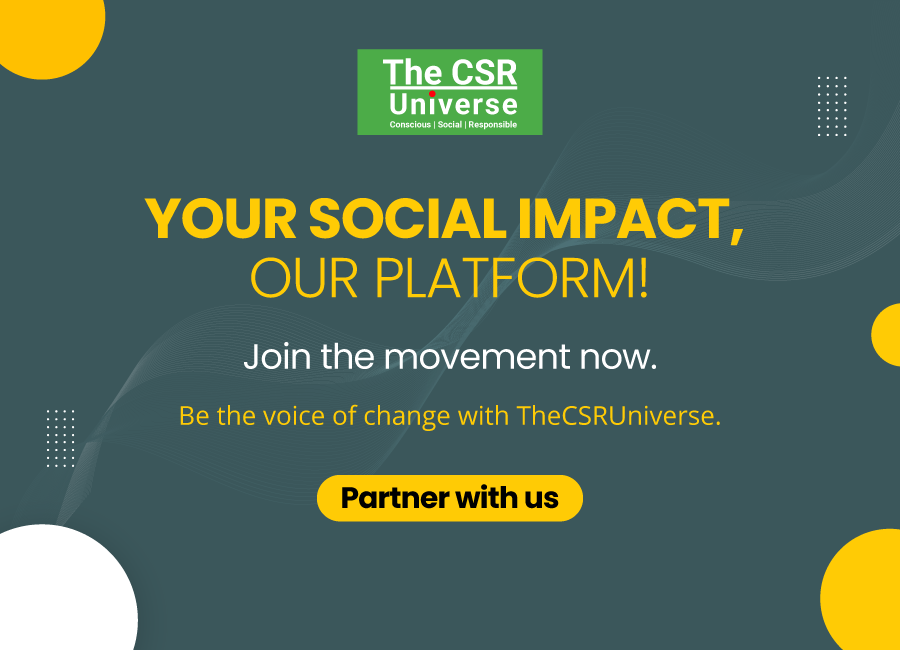

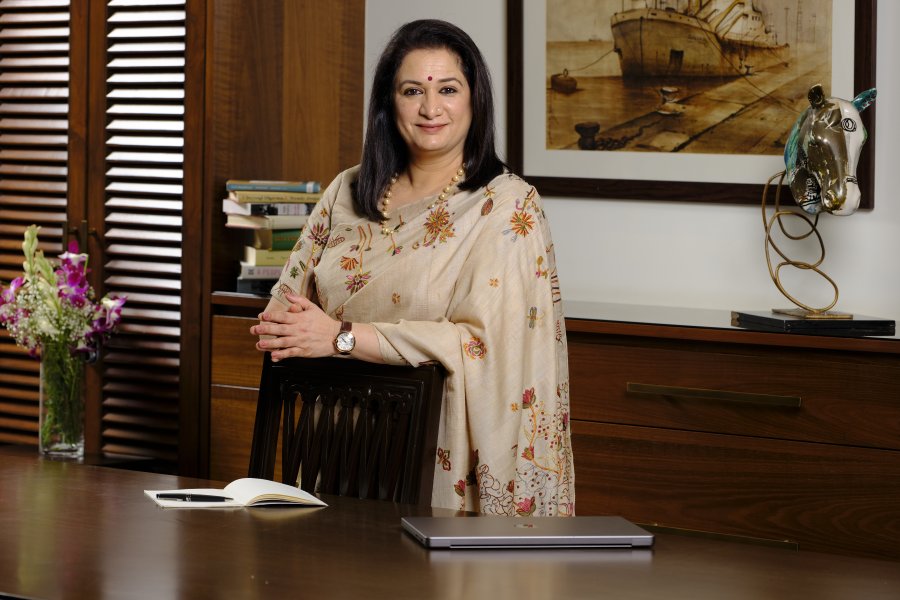


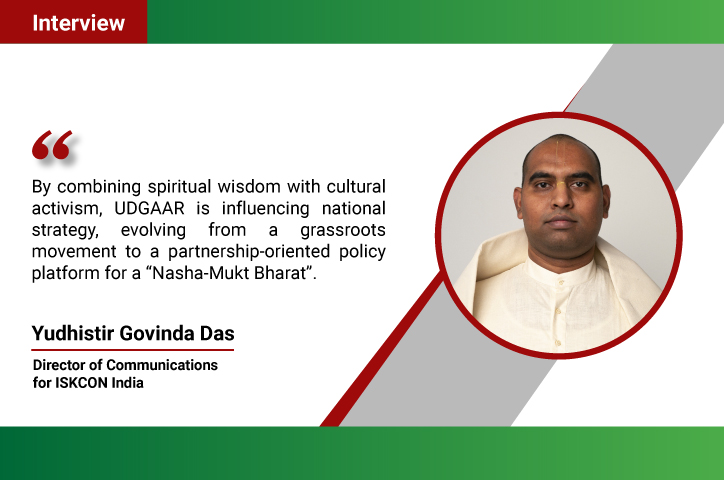

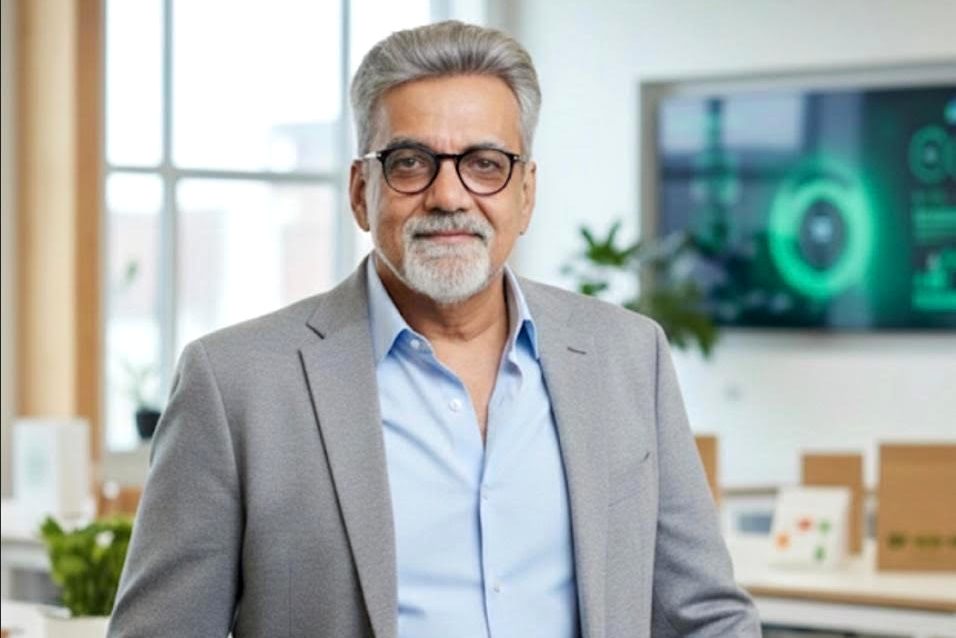

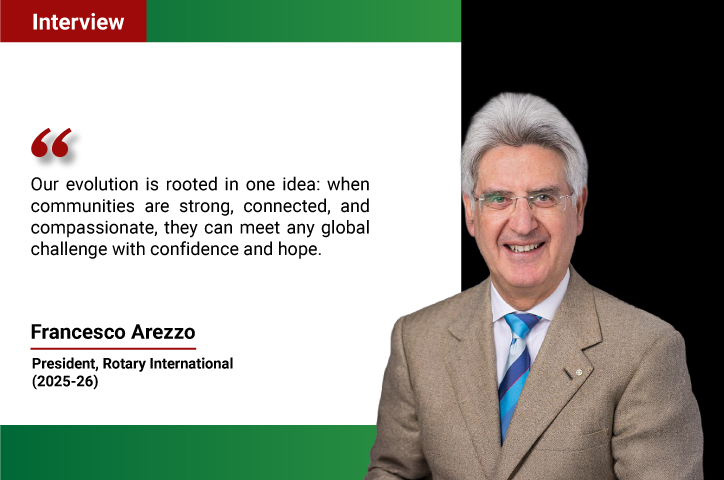
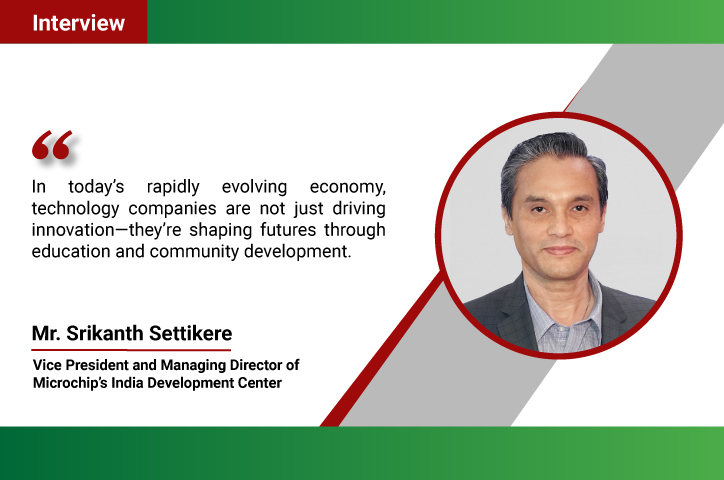
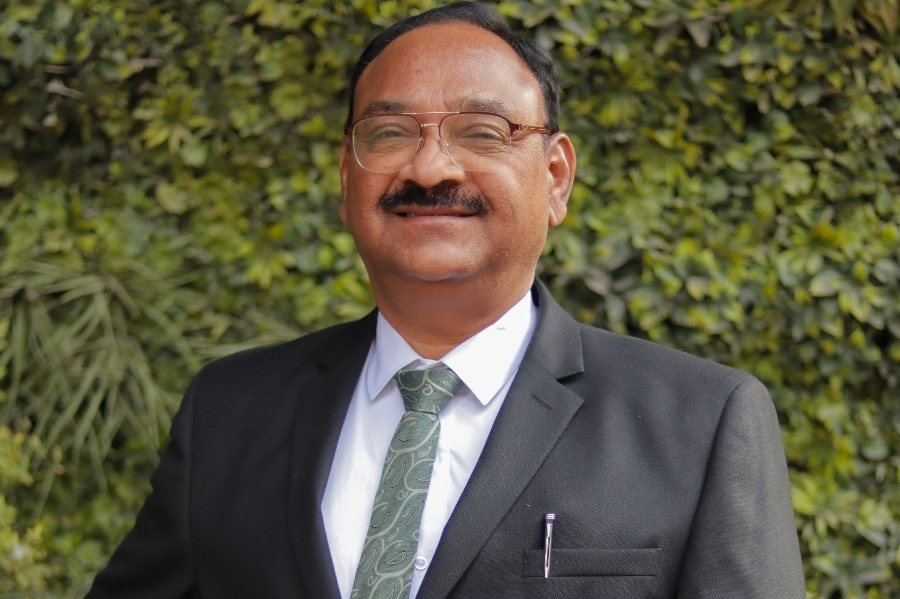
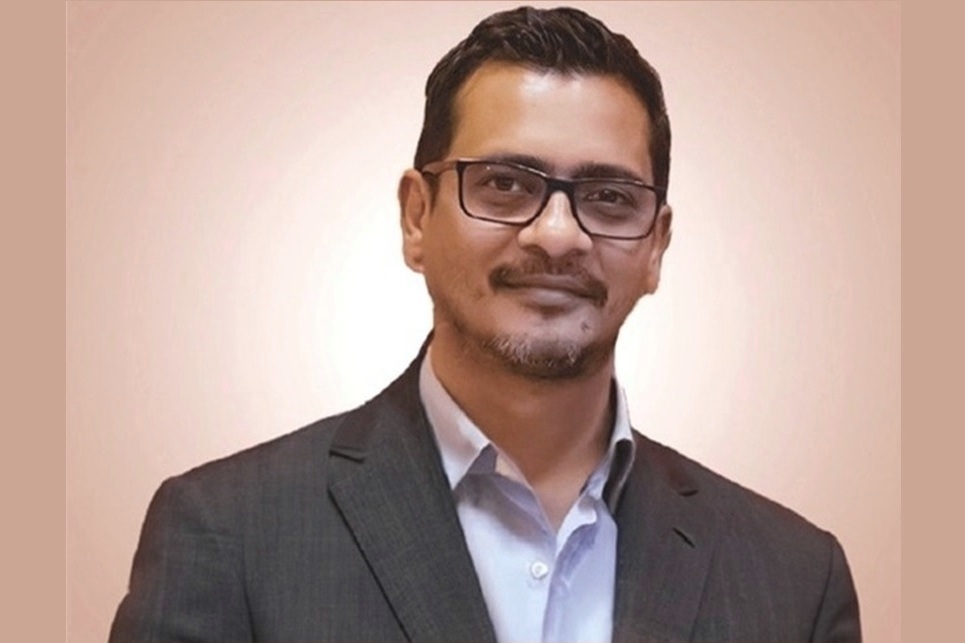

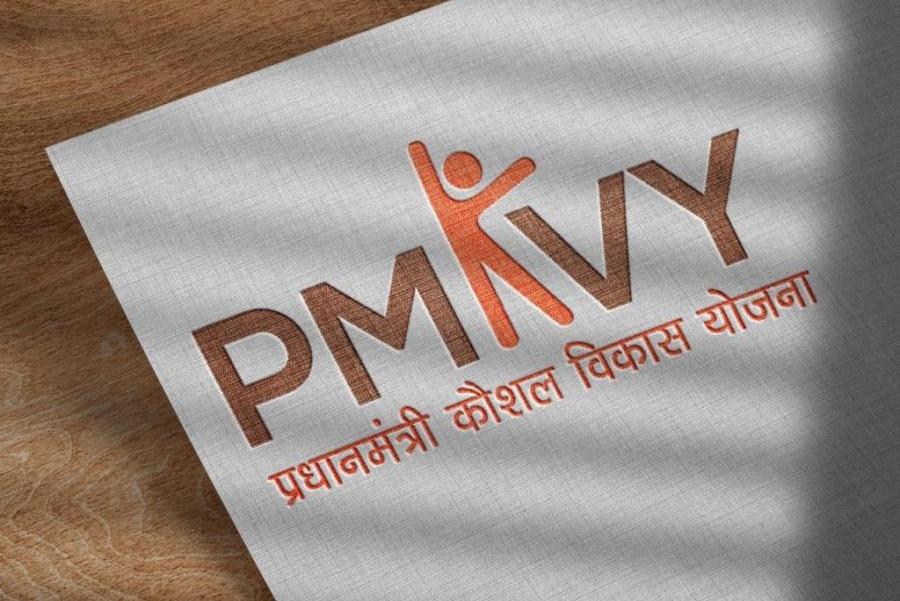
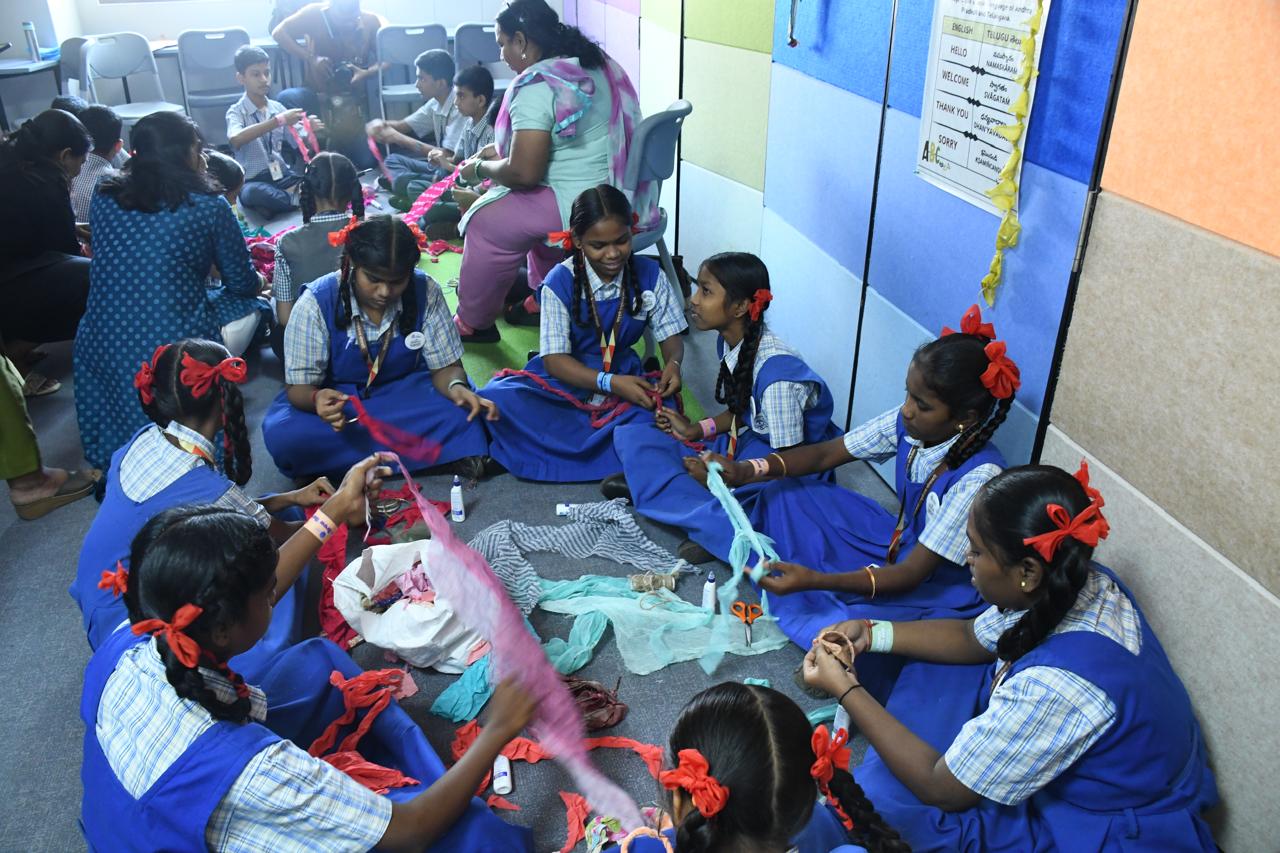
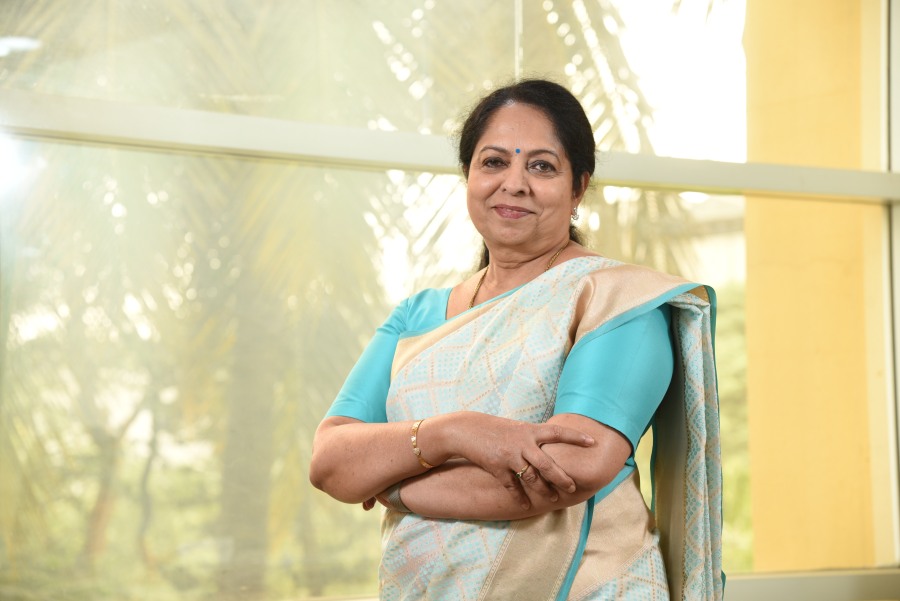
.jpg)

